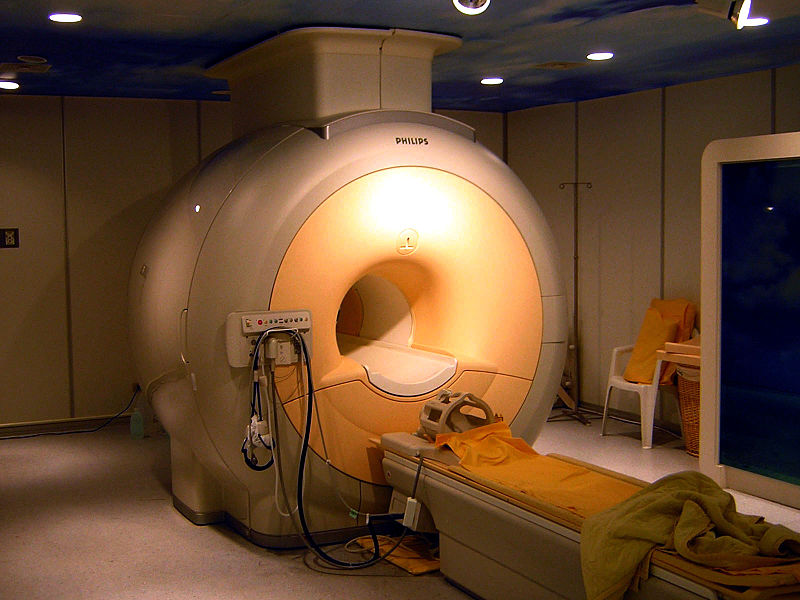
In the midst of fears of our helium deposits running out, a research team has found a large helium deposit in the volcanic rich Rift Valley in Tanzania using a new method of detection.
Just In Time
Apart from making balloons float and making you sound like a chipmunk, helium is essential to the superconductor industry, and is a crucial ingredient in MRI scans as well as other medical applications. Numerous other applications also require helium, such as quantum mechanics and space technology.
The Earth is running out of helium
In recent years, experts have been worried about helium reserves being depleted. Ironically, it is the second most abundant element in space. Since helium is a lot lighter than air, a lot of the Earth’s helium supply quickly seeps out into space. While this means we can never really run out of helium in the universe, harvesting it would become increasingly costly.
The world relies on the US for 75% of its helium supply, and based on estimates, the American reserve can only produce enough to last until 2018, 2020 at best.
But fear not: a large helium reserve has just been found in Tanzania. Scientists from Durham and Oxford University, in collaboration with Helium One, used seismic imaging and geochemical sampling to find the new reserve, on the postulation that volcanic activity is critical in the production of helium. Durham University graduate student Diveena Danabalan presented the team’s findings at the Goldschmidt geochemistry conference in Japan.

1.2 million of these
“We sampled helium gas (and nitrogen) just bubbling out of the ground in the Tanzanian East African Rift Valley,” Oxford University’s Chris Ballentine said. “This is a game changer for the future security of society’s helium needs, and similar finds in the future may not be far away.”
Finding the Sweet Spot
While this new method presents an effective way to find mother lodes of helium, the researchers still have to work on finding the spot where the helium reserve is not too close to a volcano—so it doesn’t mix with other volcanic gases, since the process to segregate them would be time-consuming and ultimately expensive.“We are now working to identify the ‘goldilocks zone’ between the ancient crust and the modern volcanoes, where the balance between helium release and volcanic dilution is ‘just right."
Thanx to one of my favorite websites, futurism.com, for article
futurism .com is one of my grands favorite go to for articles .Got to show this to them in the morning .
ReplyDeleteGo to WAG .
Nee said she will put some meals on that you can cook on the grill in foil .
Take care my Lady
Gp to WAG
ReplyDeleteLOVE PIC